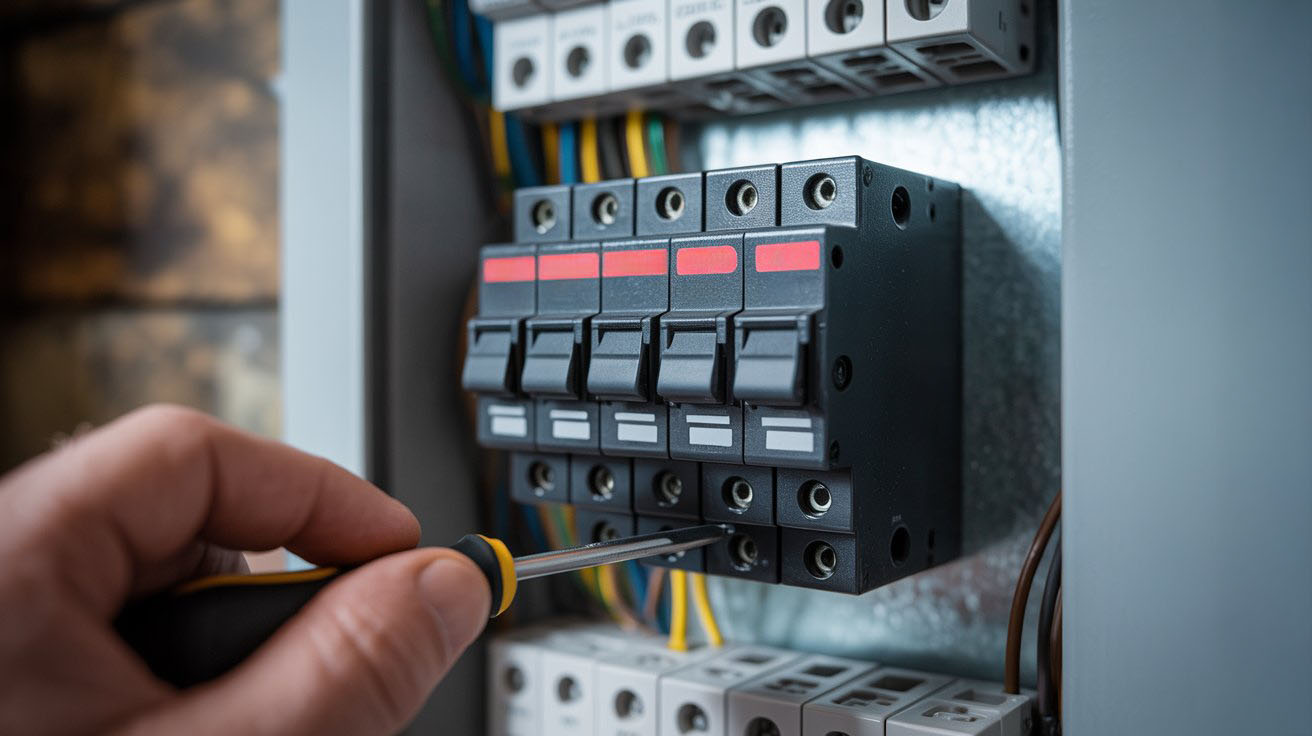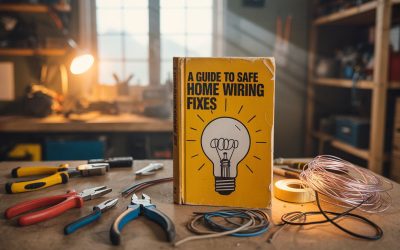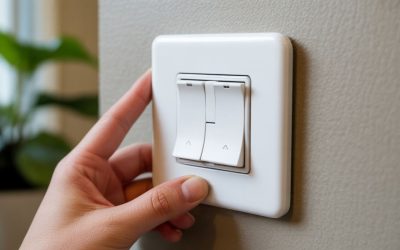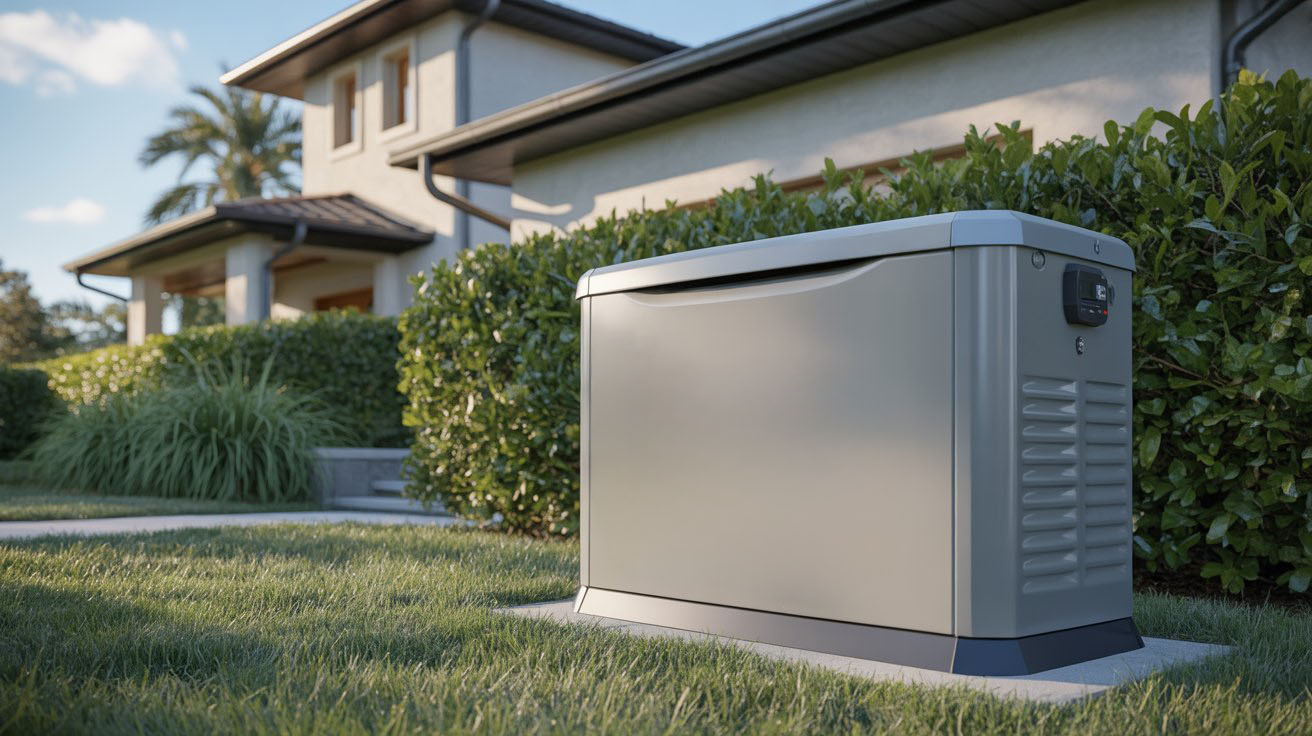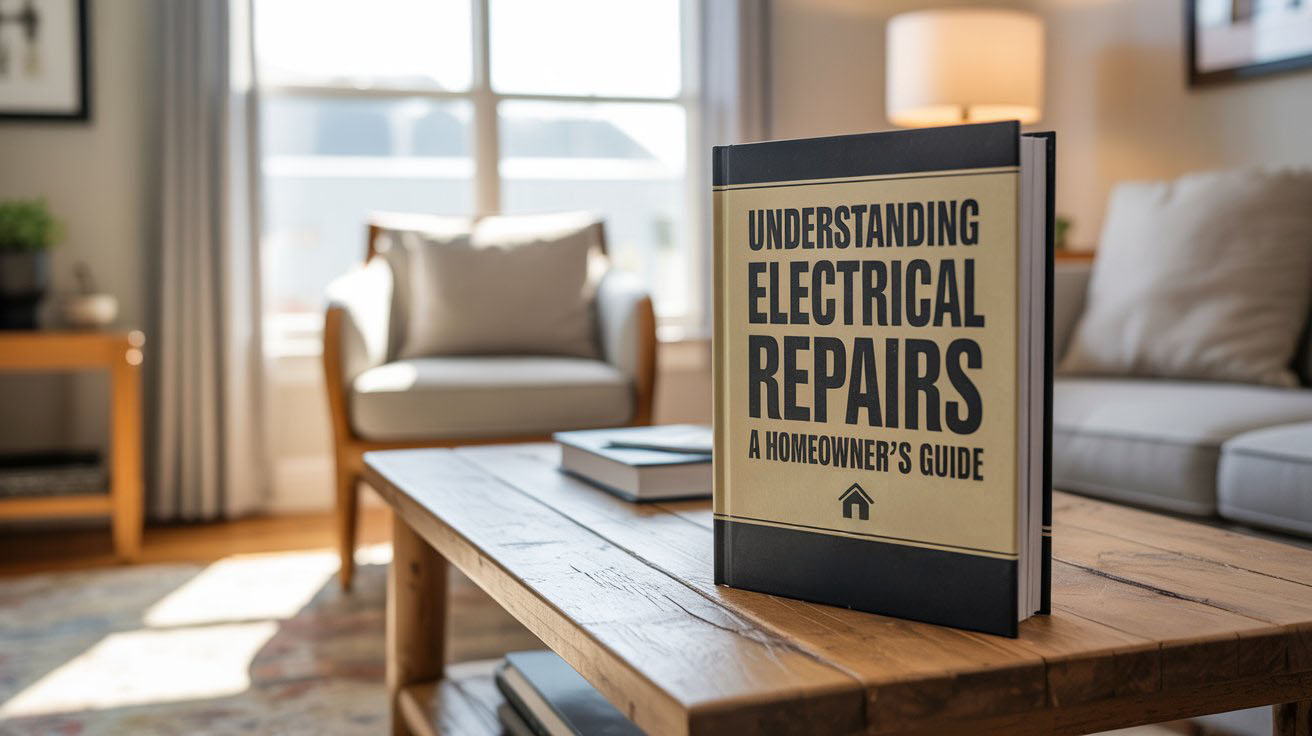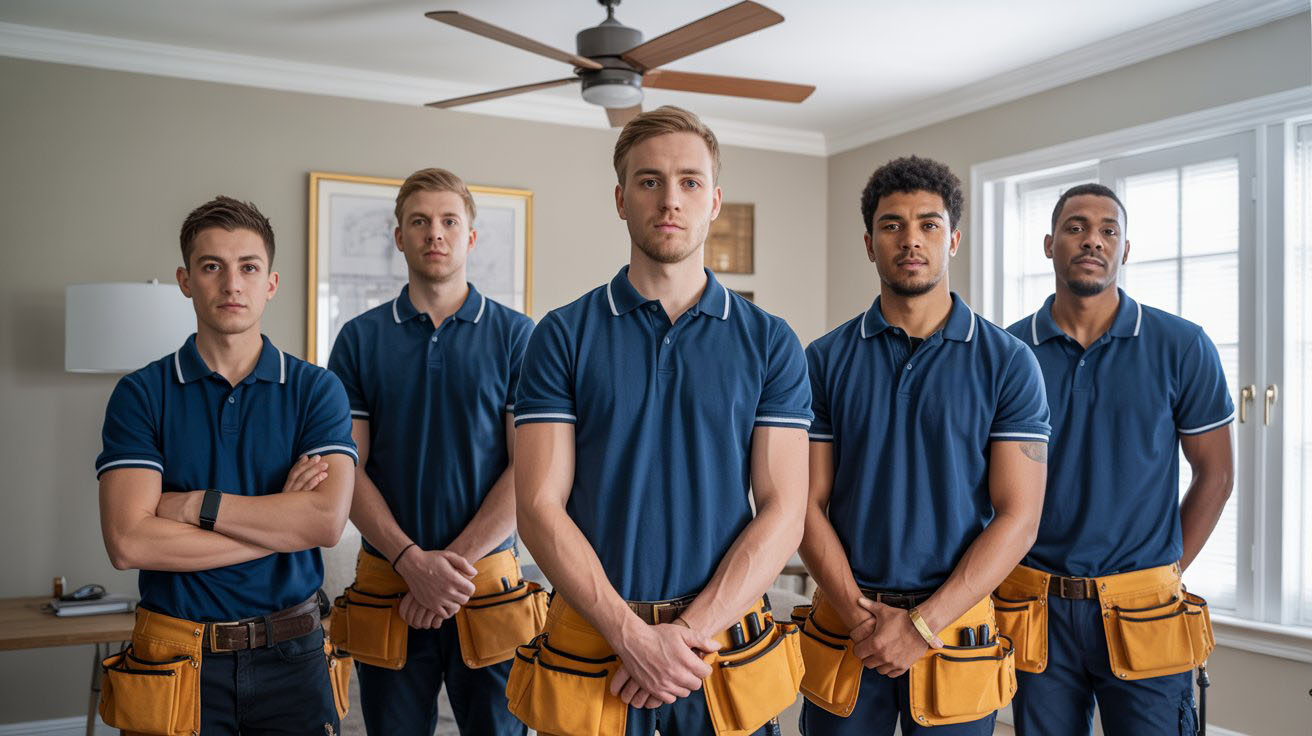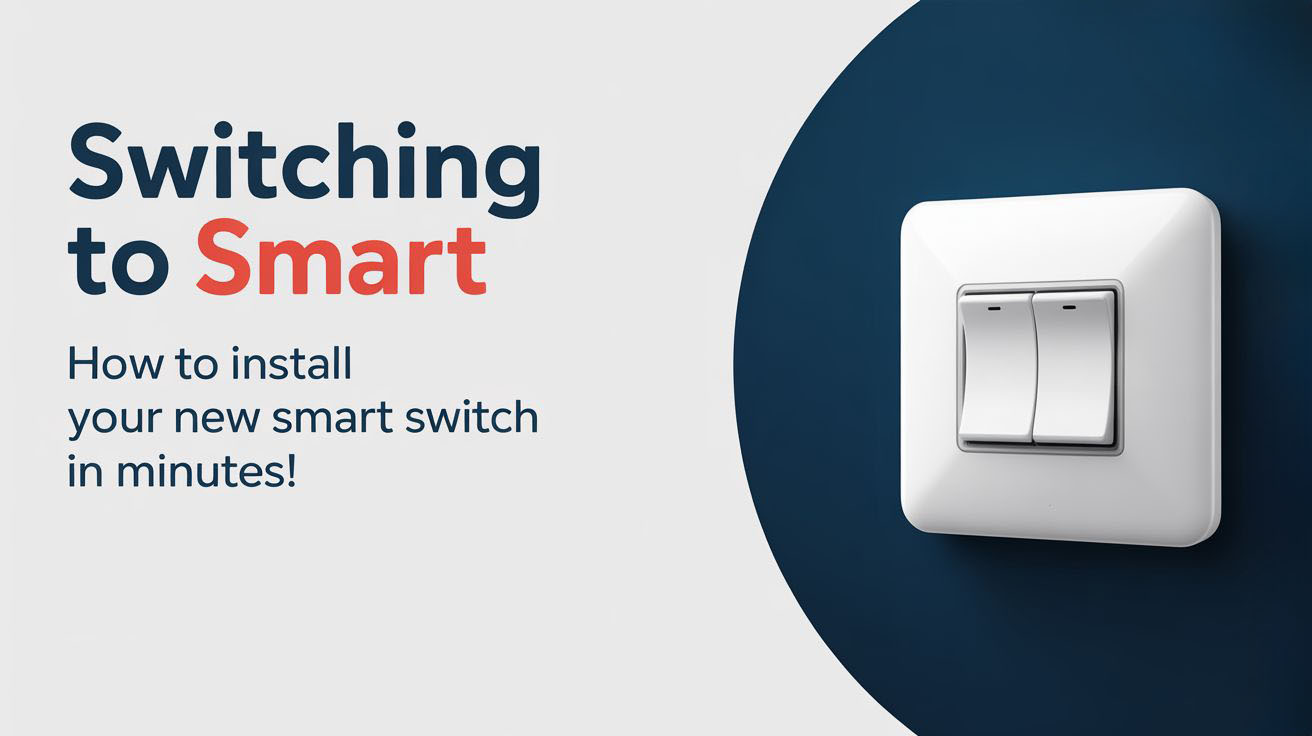If you’re experiencing frequent outages in your home or business, it’s time to take a closer look at your circuit breaker. Understanding how to repair and maintain your circuit breaker can save you both time and money. This guide will provide you with friendly, actionable steps to safely and effectively restore your power.
Table of Contents
- Understanding Circuit Breakers
- Common Issues with Circuit Breakers
- Tools You Need for Repair
- Step-by-Step Guide to Repairing Circuit Breakers
- Safety Precautions
- Key Takeaways
- Frequently Asked Questions
Understanding Circuit Breakers
Circuit breakers are essential components of your electrical system. They protect your home from overloads and short circuits by automatically cutting off the electrical flow when issues arise. Knowing how your circuit breaker functions can help you troubleshoot problems more effectively.
Typically, a circuit breaker is housed in a panel near where the electrical service enters your home. The breaker switch can be flipped on and off, allowing you to reset your power supply if needed. If you experience a power failure, the first place to check is often your circuit breaker panel.
Common Issues with Circuit Breakers
Several common problems can occur with circuit breakers. Here are a few to keep in mind:
- Tripped Breakers: This happens when a breaker shuts off the power to prevent overheating.
- Ground Fault: This occurs when electricity finds an unintended path to the ground.
- Overloaded Circuits: Having too many devices on a single circuit can cause the breaker to trip.
- Breaker Age: Older breakers may need to be replaced due to wear and tear.
Identifying these issues is the first step in repairing your circuit breaker and restoring power. If you notice frequent tripping, it may indicate an underlying problem that requires immediate attention.
Tools You Need for Repair
Before you start the repair process, make sure you have the following tools on hand:
- Screwdriver (flathead and Phillips)
- Voltage tester
- Flashlight
- Wire cutters/strippers
- Safety gloves
- Replacement circuit breaker (if applicable)
Having the right tools will make the job easier and safer, allowing you to address the issue with confidence.
Step-by-Step Guide to Repairing Circuit Breakers
Here’s a straightforward guide you can follow to repair your circuit breaker:
Step 1: Turn Off Main Power
Locate your main breaker and switch it off to ensure safety during the repair process. This step is crucial for your protection.
Step 2: Inspect the Breaker Panel
Open the breaker panel and identify which breaker has tripped. This breaker will usually be in a different position than the others, often turned to the OFF position.
Step 3: Test the Circuit
Use a voltage tester to check if the circuit is live. If the tester indicates power, it may suggest a more serious issue that requires professional assistance.
Step 4: Reset the Breaker
Flip the tripped breaker back to the ON position. If it stays on, you may have resolved the issue temporarily. However, if it trips again, further investigation will be necessary.
Step 5: Replace the Breaker if Needed
If the breaker trips immediately upon resetting, it might be faulty or overloaded. In this case, consider replacing it. Remove the screws holding the breaker in place and carefully detach the wires. Install the new breaker by following this process in reverse.
Safety Precautions
Safety should always be the top priority when working with electrical systems. Keep these precautions in mind:
- Wear safety gloves to protect your hands.
- Always ensure the main power is off before beginning work.
- Do not overload circuits with too many devices.
- If unsure about any steps, consult a licensed electrician.
Following these precautions can protect you from electrical shocks and injuries, ensuring a safer repair process.
Key Takeaways
- Circuit breakers protect your home from electrical issues.
- Common problems include tripped breakers and overloaded circuits.
- Tools needed for repair include screwdrivers and a voltage tester.
- Always turn off the main power before beginning any repairs.
- Contact a professional electrician for complex problems.
Frequently Asked Questions
Can I replace a circuit breaker myself?
Yes, you can replace a circuit breaker yourself if you’re comfortable working with electricity. However, if you have any doubts, it’s best to contact a licensed electrician.
How do I know if my circuit breaker is faulty?
If your breaker trips repeatedly or if you notice signs of damage or burning, it may be faulty and should be replaced.
What should I do if my breaker won’t reset?
If your breaker won’t reset, it could indicate a serious electrical issue. Consult a professional electrician to evaluate the situation.
How often should I check my circuit breaker?
It’s wise to check your circuit breakers periodically to ensure they are functioning correctly, especially if you have frequent electrical issues.
Schedule Your Electrical Service Today
If you need help with your circuit breaker or any electrical issue, don’t hesitate to reach out. Ensuring your home’s electrical system is safe is crucial for your comfort and security. Contact us today for professional assistance and get your power back on quickly!

